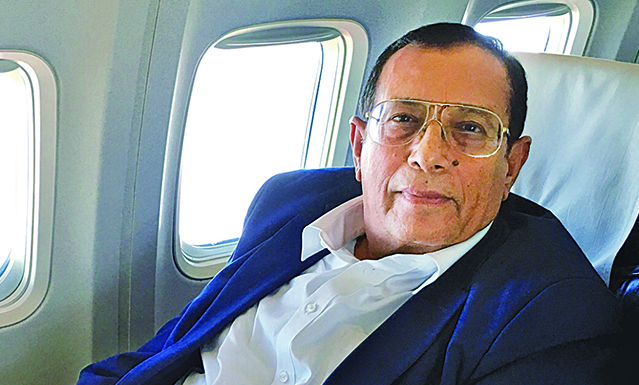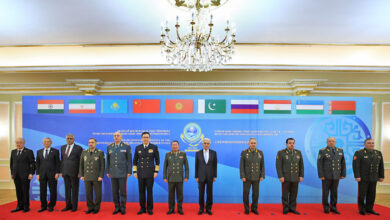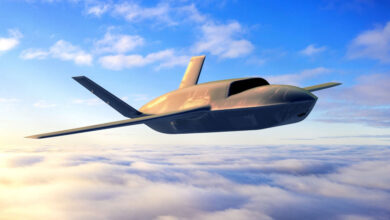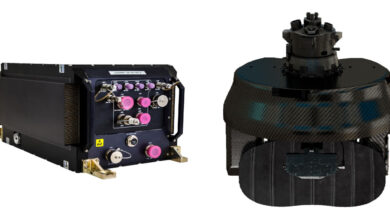Make in India and Government’s Atamnirbhar Push

Foreign Secretary Vinay Mohan Kwatra has defined Make in India as imperative for defence collaborations with foreign OEMs in “co-designing, co-development and co-production.”
India’s push for Self-reliance has been there for decades, but now this is clearly a precondition for buying the huge lot of advanced systems that India needs in moving away from the conventional to the latest technologies with digital and advanced scientific applications. Built to precision for perfection in manufacturing, operations and military engagements to neutralise threats before allowing them to come near.
India needs everything in every domain in fact, from Manned and Unmanned Aircraft, fast moving Protected Vehicles, Ships and Boats, Spacecraft and Mission Control systems, and so many other systems. Sure, we have come a long way in attaining several breakthroughs but the way technology is leapfrogging, it is best to acquire some through collaborations. The Indian private industry is increasingly playing a big role in domestic manufacturing and industrial houses like those of the Tatas, Ambanis, Mahindras, Adanis have already set up ties with foreign OEMs. Tatas for instance are already manufacturing components for Boeing and Lockheed Martin, while the Anil Ambani group supplies civil aircraft systems for the French Dassault. French Naval Group has helped MDL make six Scorpene submarines in India, and Electronic Warfare (EW) systems maker Thales has given technology both for the submarines and Indian Air Force’s Mirage 2000 and Rafale combat aircraft.
Much of the IAF airpower is based on aircraft acquired in 1980s or 1990s, and need replacement. India’s HAL is working on developing advanced variants of its Light Combat Aircraft (LCA) and simultaneously the Advanced Medium Combat Aircraft (AMCA). Till these aircraft are manufactured in adequate numbers, IAF had a projection for 114 Medium Multi Role Combat Aircraft, now described as Multi Role Fighter Aircraft (MRFA), 96 of which are to be made in India. This number has reportedly been reduced. Then, the Indian Navy has a requirement for 57 shipboard fighter jets, and Boeing F 18 and French Rafale have both been tested on trial ramps.
Boeing, Lockheed Martin, Dassault, have all promised to work in the collaboration framework as finalised, offering substantial transfer of technology. The terms for military industrial collaboration would need to be diplomatically worked out with respective governments. And perhaps taken to the highest political levels.
Notably, Defence Minister Rajnath Singh has pointed out that the US has emerged as a major defence importer of Made in India defence goods and components, worth around $2.5 billion, or 35 percent of the total defence exports in the last five years. Inviting the US companies for joint R&D, manufacturing & maintenance of defence equipment in India, he said “we need to facilitate collaboration & indigenisation of defence technology and boost the participation of US and Indian companies in each other’s defence supply chains.”
The same applies of course to OEMs from other counties.
— Gulshan Rai Luthra





